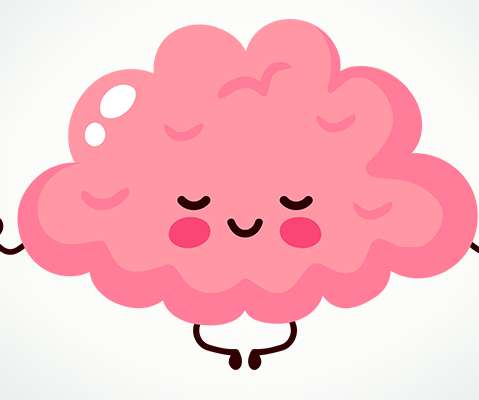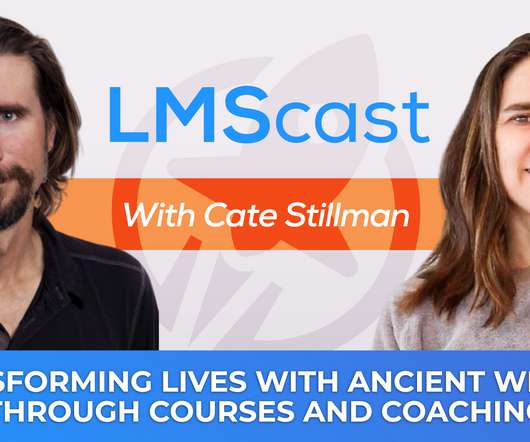Metacognition: Test Your Knowledge!
KnowledgeOne
APRIL 11, 2024
” CORRECT ANSWER TRUE Indeed, metacognition can be summed up as the ability to go “beyond” (meta) the “act of learning” (cognition). For Flavell, metacognition “refers to the subject’s knowledge of their own cognitive processes and products. Some 500 years B.C., Which is it?









































Let's personalize your content